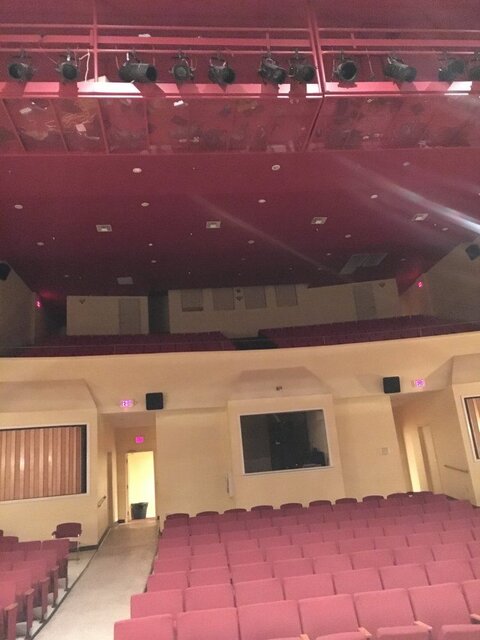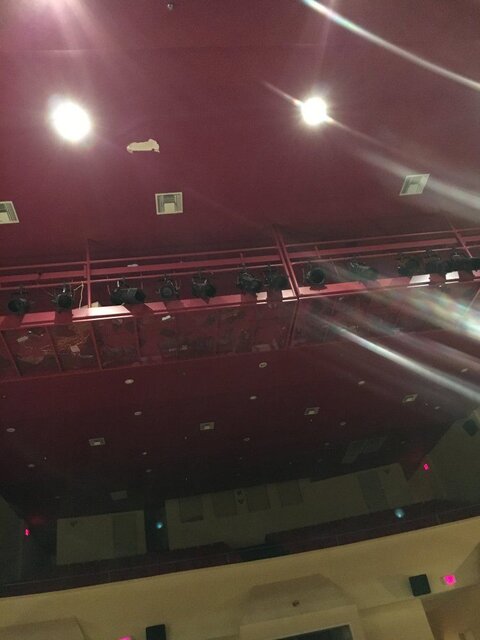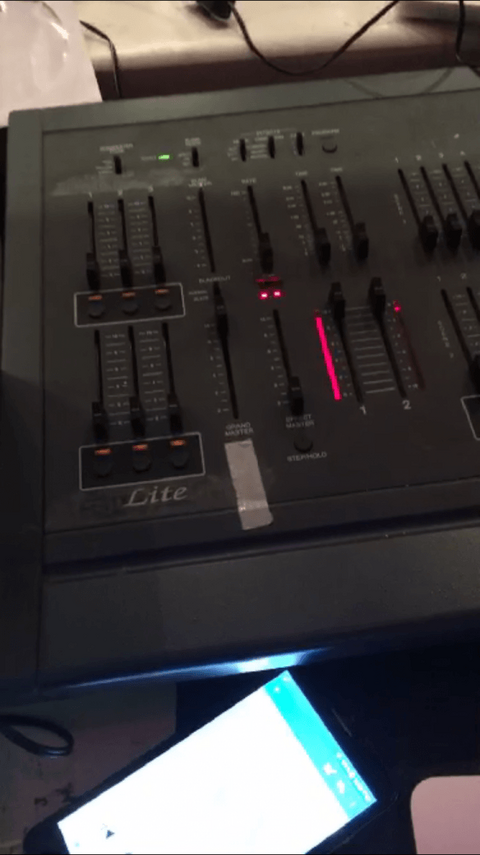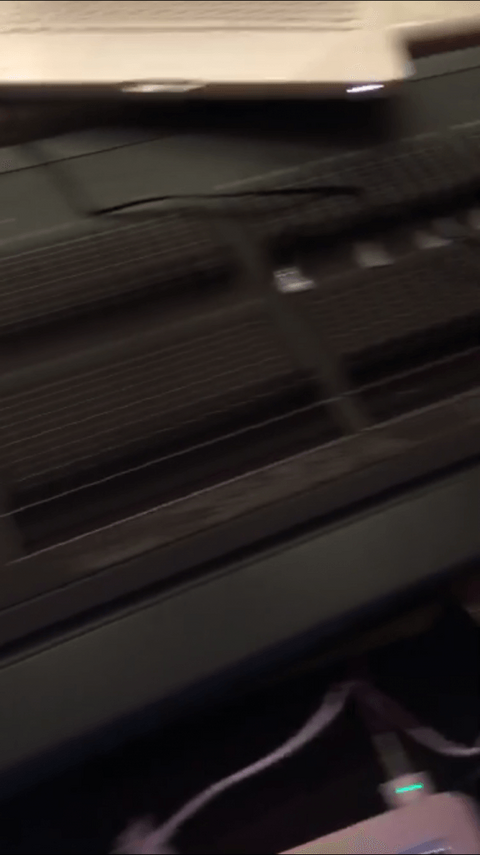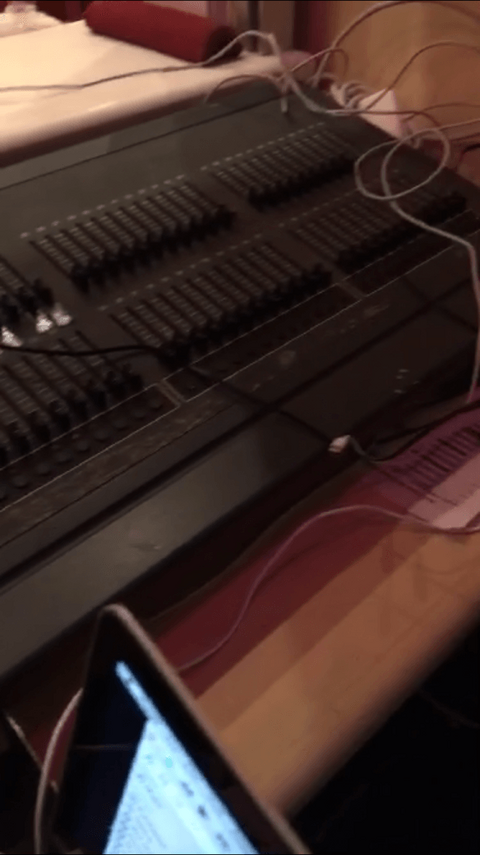michaelpraytor
Member
Hello - first post here!
First off, I think a little background on myself is necessary so that you all might understand my skill level and all:
I'm from a small town in the southern US, and I've been acting in community theatre and some professional productions since 2011. Outside of acting, I play in a few bands and occasionally run sound and lights for concerts, variety shows, etc. And more rarely, I've done musical direction.
With this background, I can understand each person's roles and frustrations involved with a project. Still, I'm a bit of a jack of all trades, master of none - and I'm still learning a lot. For most of my lighting work, for instance, I've done things on the fly and not plotted everything out beforehand in a lighting design. About the only jobs I've not had in a production are stage manager, costume designer, director, and lighting designer.
I recently joined the board of directors for a small community theatre just outside my hometown. They invited me to join because of my "well-rounded" experience in many fields of the theatre - and because I am the only person they could find with adequate technical knowledge to do tech at their theatre.
So far, I've assisted them in purchasing a digital mixing console and some new wireless microphones. At the last board meeting, they floated the idea of putting on Cabaret and having me direct (in some capacity).
Right now, I'm exploring the possibility of successfully mounting the show - so I'm doing tons of research and trying to get everything in order so I can be prepared to either direct, musical direct, run lights, or run sound - or do a combination of a few or all of those things.
So here we go with my specific questions:
1. The lighting board at the theatre is VERY large and old. I wish I knew the brand and model number right offhand... I know that chases can be programmed on the board, but I'm not sure if programming "scenes" would be possible. What are some good, professional boards out there that would allow me to program lighting scenes that I could access at the push of a button?
2. Could I run lights using my computer? I'm unsure at how many fixtures are in the theatre at the moment, or how I would fade lights up and down using the computer... Maybe some sort of midi light console? The computer idea just popped into my head because I feel like I could do the lighting design and set scenes easier.
3. I think it would be cool to have some light-up marquee letters on stage, and some bulbs framing part of the stage and bandstand and at times "moving" in a "marching ants" sort of way. I'm sorry if that doesn't make much sense - I don't really know of any proper name for this type of lighting gimmick. If the frame of lights was built from scratch out of ordinary lighting fixtures, how could I rig it to program via DMX? Similarly, if we obtained some of those pre-made marquee letters with the lights that you can find at places like Hobby Lobby - is there anyway to trigger those coming on and off via DMX?
Sorry for the long post and the dumb questions - but I have VERY little knowledge of how stage lighting really works. I only know the basics from the little work I've done before with lights, and from DJ gigs. Any help at all would be appreciated!
First off, I think a little background on myself is necessary so that you all might understand my skill level and all:
I'm from a small town in the southern US, and I've been acting in community theatre and some professional productions since 2011. Outside of acting, I play in a few bands and occasionally run sound and lights for concerts, variety shows, etc. And more rarely, I've done musical direction.
With this background, I can understand each person's roles and frustrations involved with a project. Still, I'm a bit of a jack of all trades, master of none - and I'm still learning a lot. For most of my lighting work, for instance, I've done things on the fly and not plotted everything out beforehand in a lighting design. About the only jobs I've not had in a production are stage manager, costume designer, director, and lighting designer.
I recently joined the board of directors for a small community theatre just outside my hometown. They invited me to join because of my "well-rounded" experience in many fields of the theatre - and because I am the only person they could find with adequate technical knowledge to do tech at their theatre.
So far, I've assisted them in purchasing a digital mixing console and some new wireless microphones. At the last board meeting, they floated the idea of putting on Cabaret and having me direct (in some capacity).
Right now, I'm exploring the possibility of successfully mounting the show - so I'm doing tons of research and trying to get everything in order so I can be prepared to either direct, musical direct, run lights, or run sound - or do a combination of a few or all of those things.
So here we go with my specific questions:
1. The lighting board at the theatre is VERY large and old. I wish I knew the brand and model number right offhand... I know that chases can be programmed on the board, but I'm not sure if programming "scenes" would be possible. What are some good, professional boards out there that would allow me to program lighting scenes that I could access at the push of a button?
2. Could I run lights using my computer? I'm unsure at how many fixtures are in the theatre at the moment, or how I would fade lights up and down using the computer... Maybe some sort of midi light console? The computer idea just popped into my head because I feel like I could do the lighting design and set scenes easier.
3. I think it would be cool to have some light-up marquee letters on stage, and some bulbs framing part of the stage and bandstand and at times "moving" in a "marching ants" sort of way. I'm sorry if that doesn't make much sense - I don't really know of any proper name for this type of lighting gimmick. If the frame of lights was built from scratch out of ordinary lighting fixtures, how could I rig it to program via DMX? Similarly, if we obtained some of those pre-made marquee letters with the lights that you can find at places like Hobby Lobby - is there anyway to trigger those coming on and off via DMX?
Sorry for the long post and the dumb questions - but I have VERY little knowledge of how stage lighting really works. I only know the basics from the little work I've done before with lights, and from DJ gigs. Any help at all would be appreciated!



